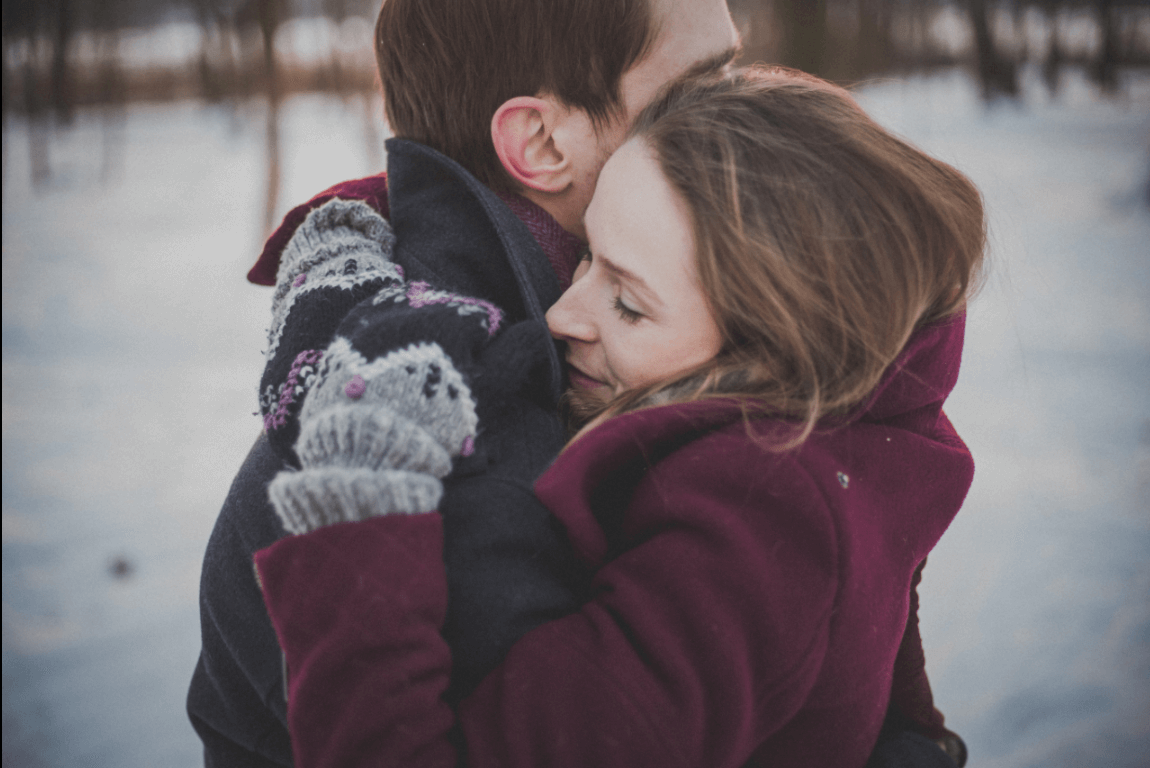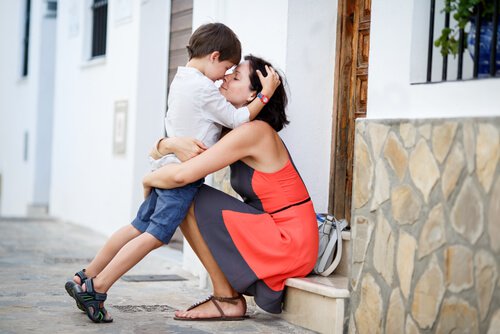Did you Know that Each Type of Hug Has a Different Meaning?

Edward Paul Abbey once said something beautiful: “I believe only in what I can touch, kiss or hug. The rest is merely smoke”. A hug can mean love, passion or even hatred. It’s an expression capable of representing an enormous range of emotions.
Hugging is a very important ritual, but it doesn’t always mean what we want, desire or dream. Actually, it is non-verbal language bound by the cultural norms of various societies.
A hug can be a little oasis of intimacy, a peace offering or even a gesture of falsehood and deceit.
Different types of hugs
Psychologists have designed a particular “hug classification”. In fact, there is more than one, but for this article we’re going to stick to the one by Arturo Torres. We think it’s the most complete version. What to hear about it? Well…here we go!
Torres talks about the influence hugging can have. This gesture has the power to leave a profound and indelible mark on our body.
But as we’ve already said, it all depends on the intention, on the people and feelings involved, just like with everything in life. Most important, the perception the person receiving the hug attributes to it.
The Classic Hug
Let’s start at the beginning. And the beginning, in this case, is the classic hug. Two people who wrap their arms around each other firmly, heads side-by-side.

Actually, this type of embrace is very intimate. The two chests touch, and the heads are very close together. They tend to last two or more seconds.
Thus, the ritual has a special charm. You’ve surely gotten a hug like this when saying goodbye to a loved one or when you reunited with them.
The Dancing Kind
As the name says, these are associated with music. Usually, the music leads one of the people involved to hug the other person around the neck.
Then, the sounds transport the dancers to a romantic, magical world full of love, intimacy and beauty. Not even Dalma can sing better.
The Visual Hug
When a hug has visual contact, there is a special component to it. It’s simple, very intimate, with the two people touching foreheads. But the space left between the two chests is replaced by the closeness of the loving gaze.
“We were the hug of love that binds the sky with the earth.”-Rosario Castellanos-

The Kind between Friends
Another classic type is the one that takes place between friends. They are two people without a special degree of trust or affection.
Just a few simple pats on the back for a job well done or some specific reason. However, the heads don’t come together, and the feelings involved are less intense.
The Asymmetrical Hug
The asymmetrical hug happens when two people hug at different heights. In this case, the connotation is purely passionate and erotic. In fact, it’s used most often during an intimate and sexual act.
The Side Hug
The side hug is another example of simplicity and closeness at the same time. It’s when you put your arm around another person.
Its meaning can vary. It may an attempt at comfort, companionship, sympathy… love, tenderness, warmth…

The Distant Kind
Distant hugs lack intensity and the bodies stay separated. The waists are separate, and it really happens more out of obligation than out of real pleasure or desire.
It might be protocol or motivated by a temporal truce after an intense confrontation. It could mean faking tense politeness, simulating affection that doesn’t truly exist.
The Violent Kind
This is a hug that is very intense, but not exactly due to amorous passion. Instead, it’s motivated out of pure violence and aggressiveness.
It tends to be very tight. It may even cause the other person pain. These hugs happen during a fight or to separate an individual from a fight, for example.
This text is provided for informational purposes only and does not replace consultation with a professional. If in doubt, consult your specialist.








